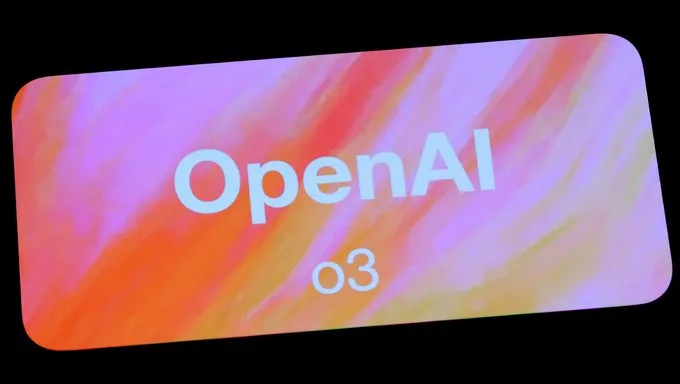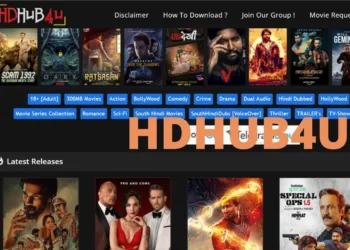OpenAI Launches o3 mini: In the ever-evolving world of artificial intelligence, OpenAI has launched its latest offering: o3 mini. This compact, cost-effective reasoning model promises to shake up the AI landscape, presenting a direct challenge to the growing influence of DeepSeek, a Chinese AI company renowned for its efficient, affordable models. But what makes OpenAI’s o3 mini stand out, and how does it compare to DeepSeek’s offerings?
Table of Contents
OpenAI Launches o3 mini: A Game Changing, Cost Efficient AI Model to Rival DeepSeek
What is o3 mini?
OpenAI’s o3 mini is a lightweight reasoning model that promises to deliver high performance without the computational burden. This new model is designed for precision, particularly in STEM tasks, making it an excellent tool for fields such as science, math, and coding. It also boasts the ability to search the web for up to date answers, enhancing its reliability by providing links to relevant sources.
First previewed in December 2024, o3 mini has now been made available on both ChatGPT and the OpenAI API, offering enhanced capabilities for users at all levels. As OpenAI’s first small reasoning model, o3 mini integrates cutting edge features like function calling, structured outputs, and developer messages, which are tailored to meet the needs of technical developers.
Key Features and Advantages of o3 mini
One of the most exciting features of o3 mini is its versatile reasoning effort options. With three distinct modes – low, medium, and high , users can adjust the model’s computational intensity to optimize either for speed or processing power. This flexibility makes o3 mini perfect for handling tasks that range from simple queries to complex problem solving, such as coding challenges or scientific calculations.
In addition, it has a search integration that enables it to locate and provide real-time answers from trusted sources on the web. It replaces OpenAI’s previous model, o1 mini, and offers improvements in performance, including a 24% faster response rate compared to its predecessor. Early reports suggest that it’s responses are more accurate, with 56% better outcomes and 39% fewer mistakes than the previous generation.
Cost-Efficiency: A Competitive Advantage
While OpenAI has traditionally been a dominant force in the AI market, it faces increasing competition from DeepSeek, a company making waves with its affordable, efficient models. DeepSeek’s focus on low cost AI solutions has made it particularly popular, especially in regions where accessibility and affordability are top priorities.
In response to this growing challenge, OpenAI’s o3 mini is designed to be a more affordable alternative that doesn’t sacrifice performance. It is expected to become a go-to solution for developers who need a cost effective, energy efficient model without compromising on the quality of their AI-powered applications. For developers working on edge computing or on device AI, o3 mini is poised to make a significant impact.
Expanded Access and Availability
The o3-mini model is available for ChatGPT Plus, Team, and Pro users, offering increased rate limits (150 messages per day) compared to the previous 50 messages for Plus and Team users. Additionally, free tier users can experiment with o3-mini by selecting the ‘Reason’ option within the message composer in ChatGPT. This move marks the first time OpenAI has made its reasoning model available to free users, expanding access to cutting-edge AI.
For Pro users, the model provides unlimited access, while Plus and Team users can still enjoy enhanced daily limits. O3-Mini also introduces the high reasoning effort version, which sacrifices a bit of speed in favor of better performance, ideal for more complex tasks where accuracy is paramount.
The DeepSeek Disruption
DeepSeek’s rise in popularity has not gone unnoticed. The company’s AI models have garnered attention for their impressive speed and accuracy, making them a formidable competitor in the AI space. With the launch of o3 mini, OpenAI is clearly positioning itself to reclaim its place as a leader in AI, countering DeepSeek’s growing influence, especially in regions that prioritize cost and efficiency.
Why o3-mini Matters
OpenAI’s o3 mini is a game changer in the AI industry. It marks a shift toward more accessible, smaller, and cost efficient AI models that can be used for a wide variety of technical applications, including coding, science, and math. The introduction of this new model also highlights the growing trend toward optimized, low latency models that cater to developers and businesses looking for solutions that won’t break the bank.
For those in need of a highly responsive, affordable AI, o3 mini could be the perfect fit. It combines low cost access with high performance capabilities, making it an excellent choice for developers, students, researchers, and businesses alike.
OpenAI’s o3 mini is here to stay, providing developers and AI enthusiasts with a powerful tool that is as efficient as it is cost-effective. By focusing on reasoning tasks, coding, and STEM applications, OpenAI has created a model that will help drive the next wave of AI innovation. As the battle between OpenAI and DeepSeek intensifies, o3-mini’s launch signals a new era of accessible and high-quality AI models, ensuring that users have more options than ever before.
FAQs
What is o3 mini?
o3-mini is a small, cost-effective reasoning model from OpenAI, designed for tasks like coding, math, and science, with a focus on speed and precision.
How does o3 mini compare to other models?
o3-mini is faster and more accurate than its predecessor, o1-mini, offering better performance with fewer mistakes and higher rate limits.








